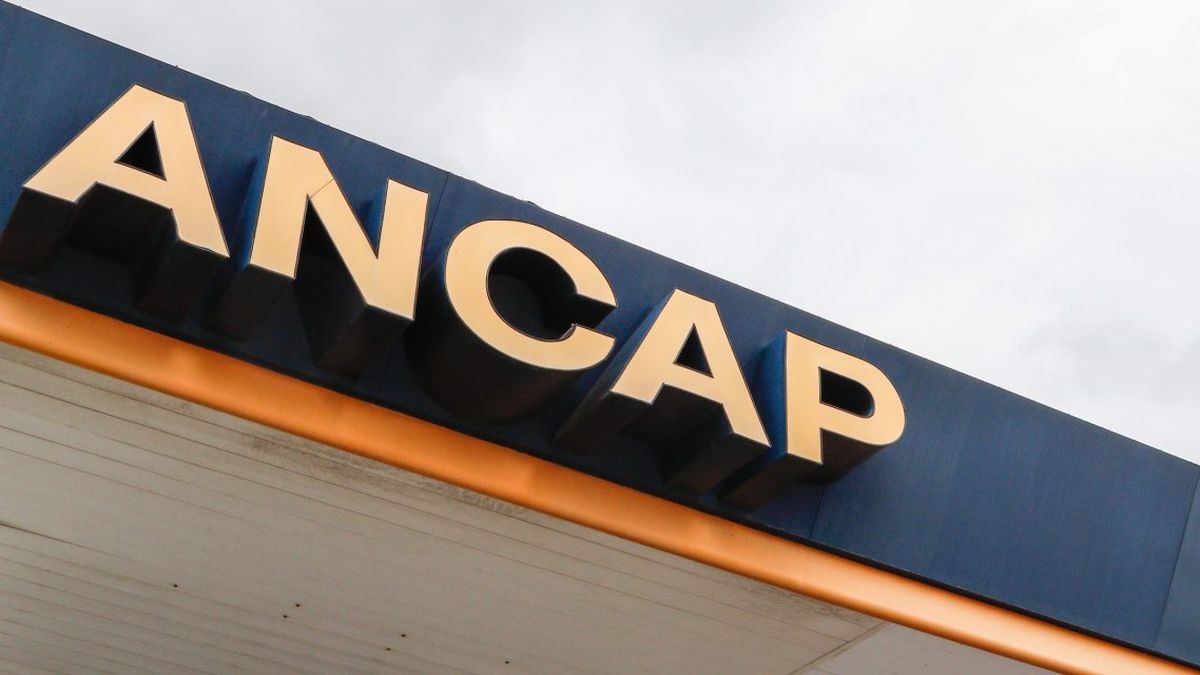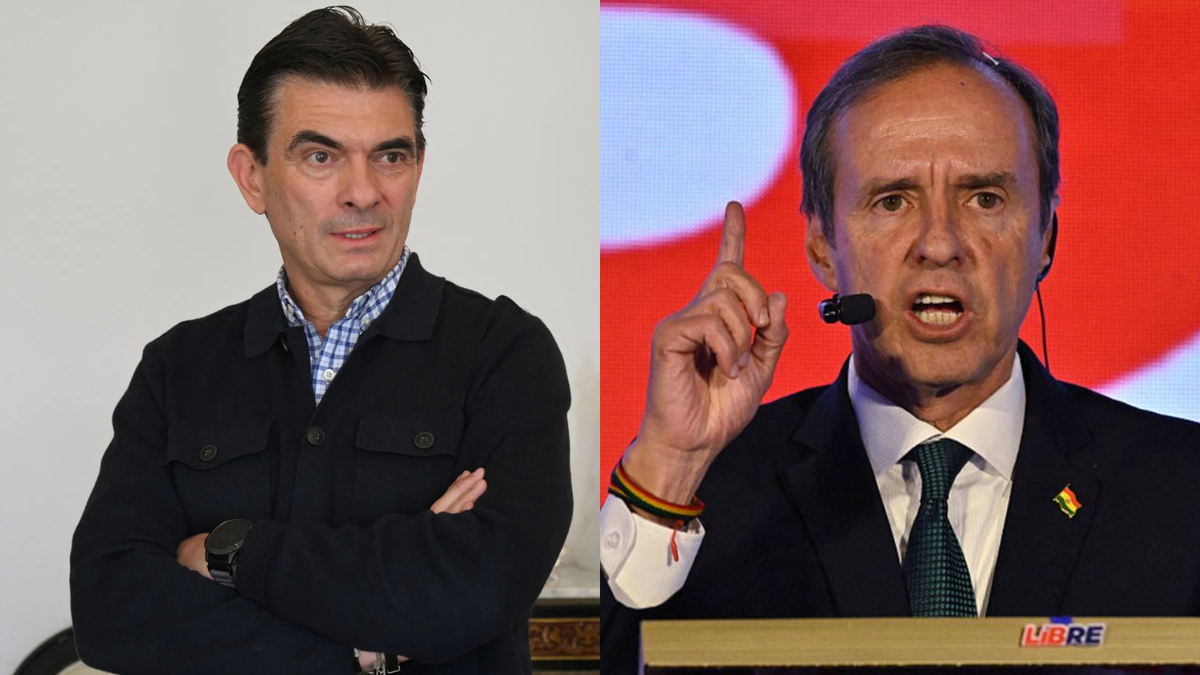In the next few hours, the Regulatory Unit for Energy and Water Services (Ursea) should make public its projection in the last hours on how the prices of the fuelsbased on Import Parity Price (PPI)report on which the Executive power then it forms its decision on fuel prices.
The measurement time agreed by Ursea is between February 26 and March 25in this period there were international factors that led to a strong price drop oil in the international market.
Among the most significant events is the bankruptcy of the technology bank Silicon Valley Bankthe increase in oil reserves in the United States, and the increase in interest rates by the Federal Reserve (Fed). To this, it is added that the prices of the Gulf of Mexico in the United States showed established prices in gasoline and a small decrease in diesel.
Taking this into account and according to the data provided by the Energy Information Management (EIA for its acronym in English), the price of gasoline should rise more than 15 cents, from $25.47 to $25.63. Diesel, for its part, would show a drop of more than one peso per liter, going from $29.40 to $28.31.
Last month, the government froze fuel prices for the second consecutive month where gasoline, which had a small increase, continued with the same value, although diesel presented a drop of $2 per liter, based on a drop in value of one 12% in international markets.
Forecasts for this semester
Beyond small changes in prices, from the National Administration of Fuels, Alcohol and Portland (Ancap) no large increases in the price of fuel are expected until the beginning of the second half of this year.
However, for the beginning of the second half of this year, the price of a barrel of crude oil is expected to rise by up to 100 dollars. This already happened in mid-2022 when the rise in the price of oil caused the price of a gallon to rise in the Gulf of Mexico and, consequently, generated an increase in the Super Naphtha which reached 2 dollars, that is, 80.88 Uruguayan pesos. On the other hand, it is necessary to take into account the maintenance and repair tasks that Ancap will carry out in the La Teja refinery in September and that will also affect the economic performance of the company.
Ancap remains firm with its method
The president of Ancap, Alejandro Stipanicic, rrecognized at the beginning of this month that fuel prices in Uruguay are “extremely expensive”. However, he remarked that he does not regret the method used to formulate the prices because he believes it is also necessary to keep an eye on the interest rates implemented by the state and the margins added by the service stations.
Stipanicic expressed that, although he would love to see fuel imports freed up, and that there was no oil Refining Monopoly, if the restrictions were released, the price of fuels would be 358 million dollars more expensive.
Source: Ambito




